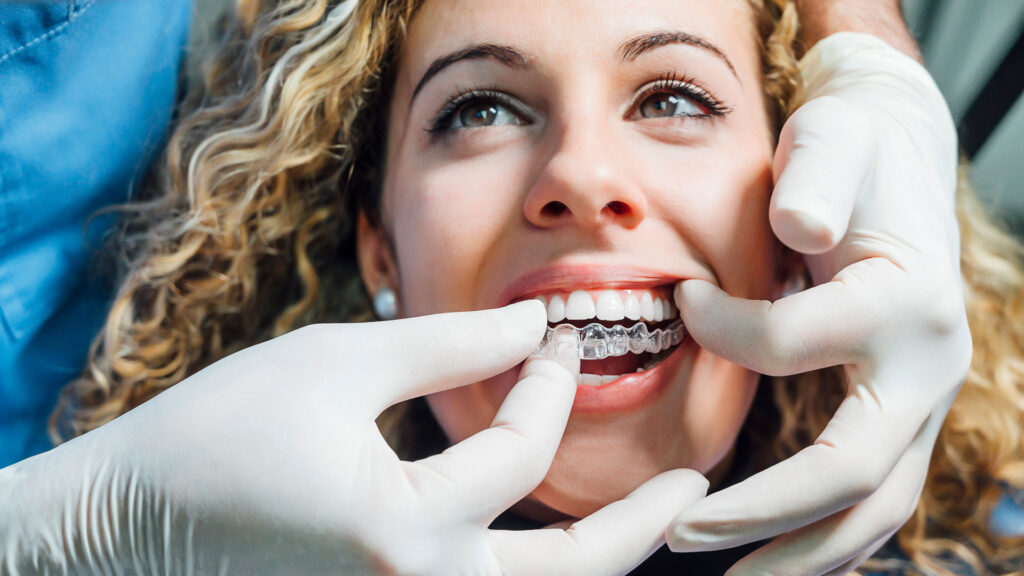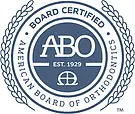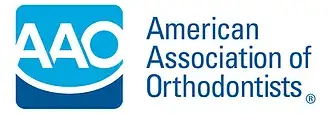Ever wondered why some can get Invisalign but not others? Invisalign is a modern teeth straightening option many adults and teens want. But, it’s not for everyone. Knowing what makes you ineligible can help you know what to expect before seeing your dentist.
Several things can affect if you’re a good candidate for Invisalign. Reasons you might not qualify include active gum disease, untreated cavities, and severe orthodontic issues. Other factors like past dental work and lifestyle habits also matter. Getting a professional opinion, like from dentists from Saperstein Orthodontics, is key to figuring out if Invisalign is right for you.
Key Takeaways
- Active gum disease and untreated cavities can disqualify you from Invisalign eligibility.
- Severe orthodontic issues might require traditional braces rather than clear aligners.
- Previous dental work like implants and bridges can complicate Invisalign candidacy.
- Patient commitment to wearing aligners for 22 hours daily is essential for successful treatment.
- Professional consultations are crucial for a comprehensive assessment of teeth straightening options.
Oral Health Issues
Untreated oral health issues can block the path to Invisalign for some. It’s key to tackle these problems to make sure the treatment works well and is safe.
Gum Disease
Gum disease, or periodontal disease, can cause serious problems if not treated. It’s vital to fix gum disease before starting orthodontic treatment. Ignoring gum disease can make oral health worse while using Invisalign.
Cavities and Tooth Decay
Cavities or tooth decay need quick action to avoid worsening during Invisalign. Fixing cavities helps avoid extra stress on weak teeth. Good oral care for Invisalign helps patients get the best results without harming their teeth.
Severe Orthodontic Problems
Invisalign works well for many orthodontic cases. But, it might not fix severe problems. For major malocclusions, complex bites, or big gaps and crowding, other treatments are needed.
Severe Malocclusions
Severe malocclusions, like big overbites, underbites, and crossbites, are tough to fix. They often need stronger treatments than Invisalign. Traditional braces might be better for fixing jaw and tooth alignment issues.
Complex Bite Issues
Complex bite problems can hurt your oral health and function. Unfortunately, some bite issues can’t be fixed with Invisalign. Extreme overbites or underbites might need metal braces or headgear for proper jaw and tooth alignment.
Large Gaps and Crowding
Big gaps over 6mm or severe crowding need more than Invisalign. These issues require the strength of traditional orthodontic devices. Invisalign’s slow adjustments might not be enough for these severe cases.
Patient Compliance and Responsibility
Getting good results from Invisalign depends on how well you follow the treatment plan. It’s important to wear the aligners as directed to get the best results. This means wearing them for at least 20-22 hours a day.
Commitment to Wear Time
Wearing Invisalign aligners for 20-22 hours a day is key to straightening your teeth. If you can’t stick to this, traditional braces might be a better choice. Not wearing them as often can make treatment take longer.
Follow-Up Appointments
Seeing your orthodontist regularly is crucial. These visits help check on your progress and make any needed changes. Skipping these appointments or not following up on adjustments can slow down your treatment.
Previous Dental Work
Invisalign can fix many orthodontic problems. But, those with big dental work might find it harder. Knowing how past dental work affects Invisalign helps make treatment smoother.
Dental Bridges, Implants, and Crowns
People with dental restorations like bridges, crowns, or implants need to think about how they’ll work with Invisalign. These fixed parts can’t move like natural teeth. This might make clear aligners less effective.
Getting a dental expert who knows Invisalign is key. They can plan the best treatment for you.
Missing Teeth
Missing teeth also play a big role in choosing Invisalign. Invisalign can work with dental implants to fill gaps. But, treatment might need to be tailored for each case.
Working closely with both orthodontists and restorative dentists is important. This ensures your treatment looks and works great.
Tobacco Use
Tobacco use is a big problem for Invisalign treatments. It can stain the clear aligners, making them less discreet. It also leads to oral health issues like gum disease and plaque build-up.
Tobacco affects more than just Invisalign. It can cause bad breath and slow down healing in the mouth. It also raises the risk of oral cancer, making quitting crucial.
Using tobacco can make Invisalign treatments last longer. You’ll need more cleanings and check-ups. Quitting tobacco greatly improves dental health, so dentists keep stressing its importance.
Age and Growth Considerations
When thinking about Invisalign for teens, it’s key to know it works best when their teeth have mostly grown. Teens in the later stages of dental growth are usually good candidates. This makes sure the clear aligners fit right and work as expected.
On the other hand, adults can use clear aligners without worrying about growth issues. They might choose this option for personal or work reasons. It’s a discreet way to get straight teeth without the look of braces.
But, there are age limits for orthodontic treatments. Young kids and teens who are still growing might need different treatments. Seeing an orthodontist early can help figure out the best option for them.
Also, older adults thinking about Invisalign need to check their dental health first. Issues like bone loss or past dental work can impact treatment success. A detailed dental check is crucial to see if clear aligners will work for them.
Conclusion
Invisalign is a discreet way to straighten teeth, but it’s not for everyone. The right fit depends on several factors. These include how severe the teeth issues are, the health of your mouth, how committed you are, and any past dental work.
It’s important to tackle big problems like bad bites and big gaps or crowding. Before starting Invisalign, make sure your gums and teeth are healthy. You also need to follow the treatment plan closely and go to all your check-ups.
If you’ve had dental work like bridges or implants, talk to your dentist first. An experienced orthodontist can help figure out if Invisalign is right for you. They’ll look at your teeth and mouth to suggest the best treatment.
By understanding what makes a good candidate for Invisalign, you can make a smart choice. This way, you can get a treatment that fits your needs and helps you achieve a beautiful smile.









